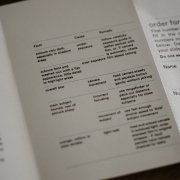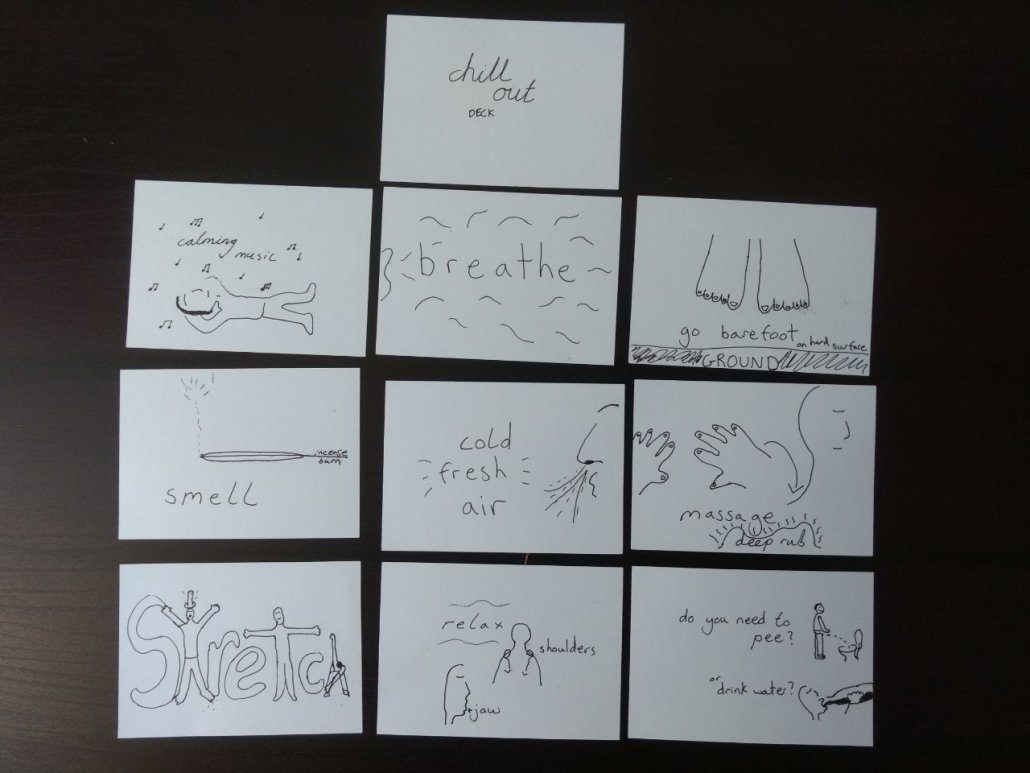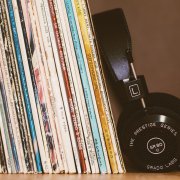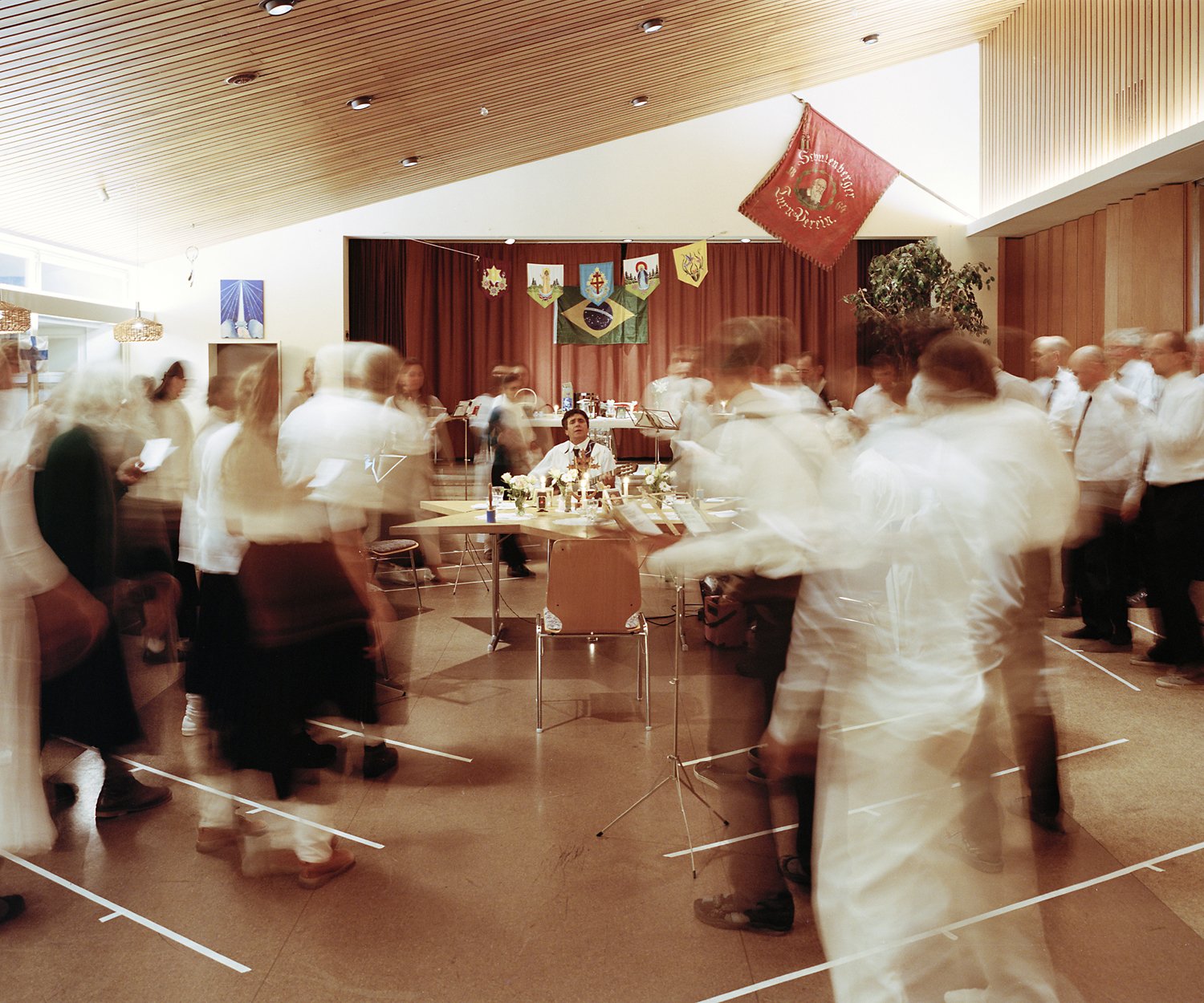Welcome to PSYJuly day 17 🙂
Today we have a guest post from Max, AKA Welsh Integration Circle, one of my favourite people in the psychedelic twitterverse.
After seeing his work creating playlists (1, 2) for members of his community, I invited him to create a post to share his experience on a topic I feel there is ample room for discovery and development in the psychedelic space: music. More specifically, playlists for inner style journeys. Over to Max…
Creating Music Playlists for Psychedelic Journeys
There are infinite ways to use psychedelics. Nobody can tell you how you should use them, but as you move through life and gain experience your psychedelic use may evolve. Many of us start off in our youth: at home, in the park, at a festival or a concert.
One thing that you can say about the way people use psychedelics is that it frequently involves music. Psychedelics and music go together like Fish and Chips or Superman and Lois Lane. The altered state of consciousness that psychedelics induce, amplifies, enhances and transforms music into a completely new experience. Some people can even smell or see colours from music in the phenomenon known as synaesthesia. Music is not only heightened by psychedelics, but it can influence the entire atmosphere and mood of those under the influence.
There are many discussions online regarding the best tunes to trip to. You can guarantee that any of these will include the likes of Pink Floyd, The Grateful Dead, Hendrix, Phish, Shpongle or The Orb. Now these are great artists who were heavily influenced by psychedelics and aimed at an audience who might use them too, but this article is about creating personalised playlists that won’t include these artists or styles and the music is used in a different way.
Music, set and setting
We’ve all heard the phrase “Set and Setting” so many times that it has become a cliché, but it is still undeniably relevant. Al Hubbard was a psychedelic pioneer, who in the 1950’s, helped develop the idea that the setting could have a major influence on the psychedelic experience and even the outcomes in a therapeutic context. According to his instructions, the person taking the psychedelic lies down in a comfortable place, like a bed or sofa, puts on some eyeshades to block out all light and a pair of earphones to listen to the music. The idea is that by blocking out all other sensory input, one is directed to focus the attention inwards and be guided by the music. In combination with advice like Bill Richards’ mantra of “Trust, let go, be open”, one is encouraged to allow one’s mind in its altered state of consciousness to go wherever the music takes it. This is essentially the same format used by today’s trials at Imperial College and Johns Hopkins, and was recently the subject of a patent application by Compass Pathways, much to the anger of many a psychonaut.
First of all, ask yourself why you would consider this style of psychedelic experience. It may not be for everyone, but if you have only ever taken psychedelics recreationally, at a festival or party, then give it some consideration. It amplifies the effects and is particularly suitable for people who want to use psychedelics for personal or spiritual development, to address difficult life experiences, to change your life with regard to alcohol, tobacco or other drugs or just learn more about yourself and your consciousness. It’s also wise to have a sober tripsitter for these experiences, just someone being there will allow you to immerse deeper into your inner journey.
Now you could just pick one of many playlists on Spotify or other music providers that have been created, including the original Bill Richards playlist and those used by MAPS, Imperial and Hopkins, but I think it’s more interesting to create your own, although they can give you some good inspirations for your playlist.
So with this in mind, let’s explore the how and why of crafting a playlist.
Crafting a playlist
The aim is to relax the subject while the medicine starts to work, then to take them on a journey of inner experience which fits with their intention and their life story. The more you know about the person the better. The more you know about their music tastes, favourite movies, travels and previous psychedelic experiences, the more you can choose suitable tunes to guide them.
The first things to consider are what substance and dose are going to be used. If using LSD you will need more than 2 hours of music, but it’s unlikely that someone is going to lie still for 12 hours. For psilocybin I tend to aim for 5 hours’ worth of music.
Use instrumental music, this allows the journeyer to focus on the sounds, rhythms and melodies, without the distraction of language. Foreign languages are fine, especially if they include chanting – non-lyrical singing also works well. I tend to avoid typical bands that have the usual pop, rock or jazz sound. Classical music can be excellent, but some people may not be used to listening to classical, so choosing a piece that is interesting is important. Electronic music can play a huge role with unusual sounds that can have dramatic effects while under the influence, but I tend to avoid dance music that one would hear at a club or rave and stick to more ambient styles. There is also great crossover between classical and electronic, sometimes called neo-classical, which includes some of my favourite artists like Max Richter, Nils Frahm and Joep Beving.
Beware of using too many floaty, unstructured tracks. As Michael Pollan explained in How to Change Your Mind, he had to listen to a lot of boring yoga and new age music for his journeys, and this is why personalised playlists can be more stimulating than generic ones.
Having said that, music that is less busy can have profound effects, as can silence. If you have ever tried meditation under the influence, you’ll know that it can be very powerful, and silence or empty tracks can provide a similar space. They can also be useful to contrast with other more energetic or dramatic tunes. It’s important not to overwhelm someone with too much noise for too long, and if you do choose tracks with drama, intensity and tension, it’s important to give them release as well. The order of the tracks can be very important, and I also insert some silent tracks of up to a minute long at crucial moments to build tension and atmosphere before a special piece, or after a particularly challenging one.
I tend to start off with some very light, relaxed music while taking the medicine and allowing it to take effect, and then slowly build the complexity and intensity of the tracks towards the end of the first hour. Knowing how long it might take your listener to start feeling the effects will help you plan.
Personalising playlists
Discover what kind of music the journeyer likes. Are they up for more complex and difficult tracks? Or are they very anxious and prefer gentler tunes and familiar styles? Try to imagine when the peak might be, and think about what kinds of atmosphere and feelings you are trying to evoke.
I also use my knowledge of them to add highly personalised music. One friend has Native American heritage which is important to them and they have partaken in ceremonies before. I added a short piece of pow wow chanting which had a very dramatic effect and still does to this day. The experiences that people have during their journeys become strongly associated with the music, so that they often listen to their playlists in the weeks after and have strong emotional connections to certain tracks for years to come.
Foreign music is also a great place to look. You can create a great atmosphere, transporting someone to a place of previous travels or residence, and help to bring up some of the memories and emotions from that period of their life. However, one should be aware not to overly manipulate someone’s emotions and journey.
If they are very knowledgeable about a certain style that is relevant to their life or ancestry, choosing a track that is not stereotyping them or the music could be a challenge. Many cultures have beautiful and diverse music which is very different to Western styles and on my playlists I have used classical Indian, west African, South American icaros, Tibetan chanting, Mongolian and Armenian music, all with great effect.
You can use music from important films from their life. Film soundtracks make great fodder for playlists and I have included tunes from Bladerunner, Black Hawk Down, Ad Astra, Twin Peaks and even Star Wars or The Omen. I’ve also asked their friends and family to give me some tips on favourite music and experiences. This needs to be done cautiously as not everyone can afford to be open about their psychedelic use, but music choice can be asked about in tactful ways.
I have given journeyers the option of a particular one or two tunes that they really want to hear on their playlist, and I ask why. Having listened to the tracks myself, I interpret how it might make them feel and decide on where in their journey it should appear and how to lead into it and follow on. Having a few key tunes as marker points in the playlist provides a structure to build the playlist around and helps you navigate what can become a tense and frantic process. It always feels like a big responsibility, knowing that the playlist is going to have a significant effect on their experience. The music truly drives the entire inner experience.
Collecting and Test Driving Tunes
To select tunes, I find that using cannabis whilst listening to music is a great way to get a sense of which tunes will be interesting during a journey. I tend to put them in a depositary playlist in the weeks before, so whenever I hear a tune I want to use, I have easy access to it when it comes to the final creation. Once you have selected all your tunes then ordering and editing can still take a long time. I often listen to the end of a track to try and work out how the transition between it and the next tune will work, to get it as smooth as possible and so that it isn’t a jarring change. A very soft and gentle track, silence, or some sounds of nature like cicadas or rain can also be a good way to give them some space between.
Try to let people relax into longer tunes, but perhaps not so long it gets boring. A variety of styles, pace and intensity is good and challenging them with unusual styles and sounds can provide opportunities for the imagination to run wild. Rhythmic tunes can be dramatic, and driving intense visuals, this is a perfect use of electronic music like some Steve Roach tracks, and artists like Philip Glass and Estas Tonne can create similar effects.
Know your audience, their tastes and their level of challenge, and have some fun making a personalised psychedelic playlist for your friends and community.
.
About Max
Max is a member of a small community of psychedelic users in Wales, who started with recreational use and have moved on to help each other with mental health issues as well as personal and spiritual development, through solo and group journeys, and support each other through informal discussions and integration work.







